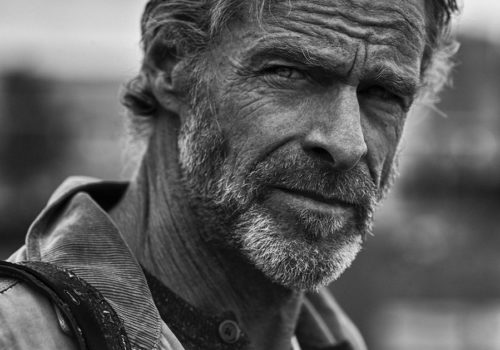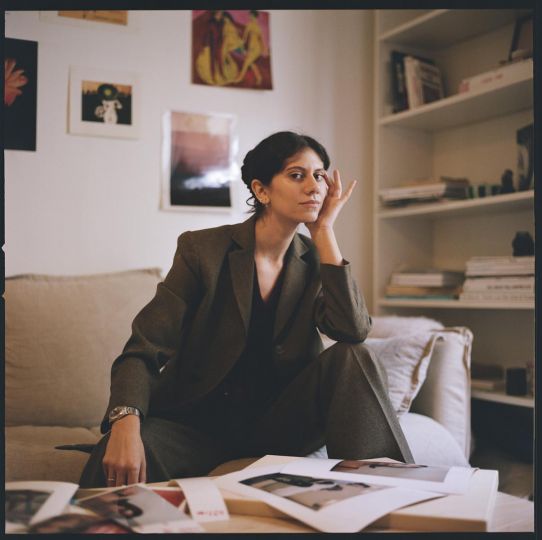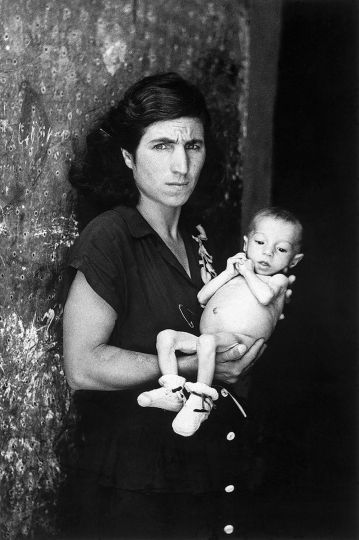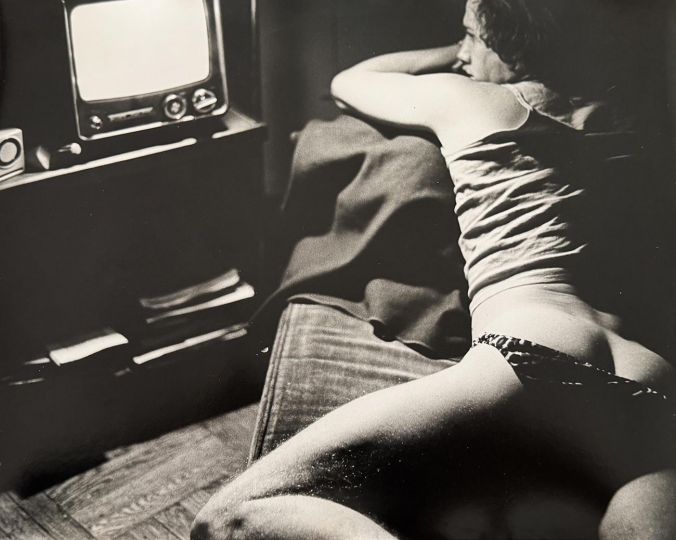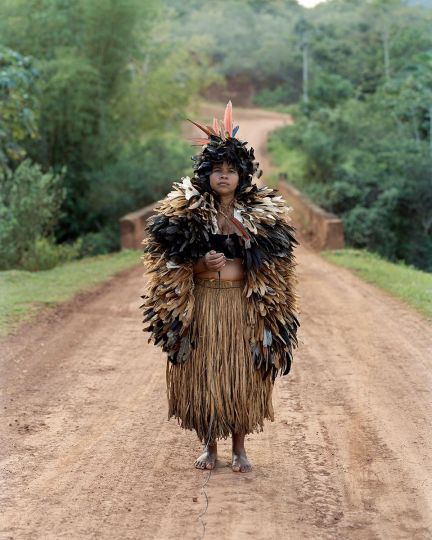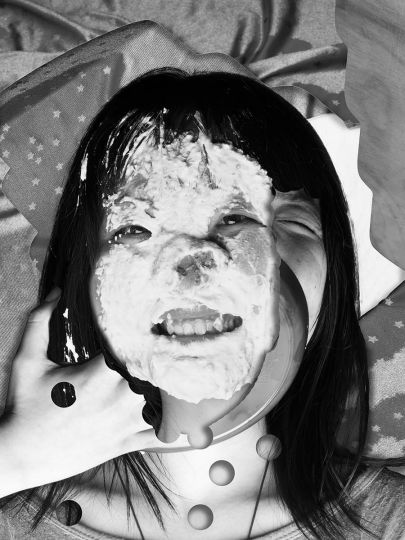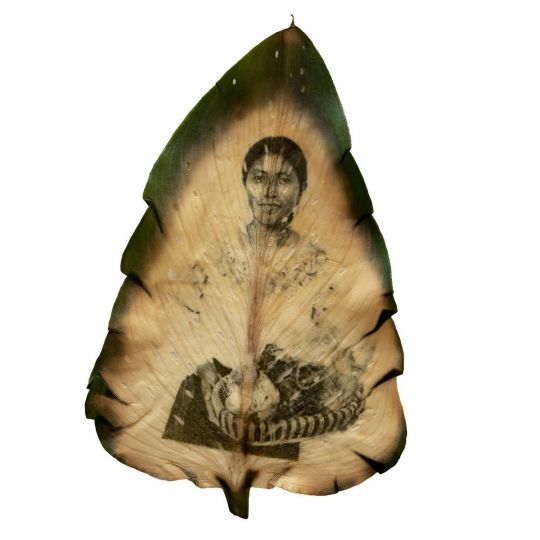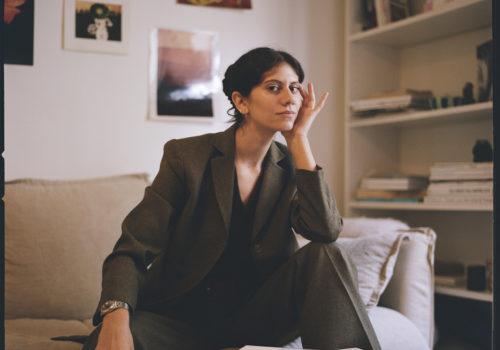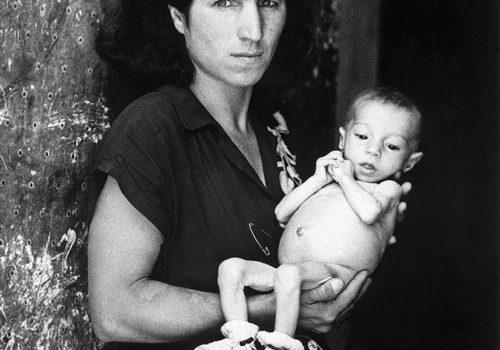Steven Lyon has lived several exciting lives which have all added up – like a gigantic mosaic – to what he is today. A heart-throbbing, cosmopolitan, and well-educated ex-model turned photographer. He devoted his life to being first in front of and then behind the camera. Lately he has been fighting for the protection of the wildlife and is always on the lookout for the next project. After a first encounter in 2018 and then seeing his images, short films, and messages, I felt the urge to tell his story, share his personal vision of photography, and also, What’s New?
Nadine Dinter : Your life reads like a Hollywood movie script: model becomes photographer becomes director becomes wildlife activist. Let’s start with your modeling career. According to legend, you were discovered by Andy Warhol for Interview magazine, which he had just launched. Can you tell us about your encounter?

